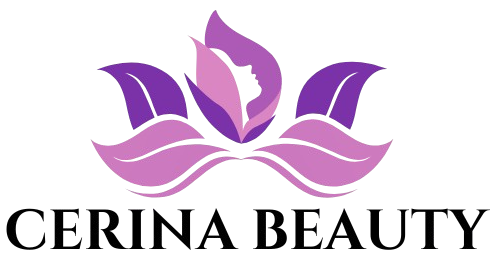
Nov 25 – What Clean Beauty Really Means in 2025
Share
Content:
As we approach the end of 2025, the term “clean beauty” continues to evolve—moving from a marketing tag into a deeper, more meaningful framework. For brands and consumers alike, clean beauty is no longer just about skipping obvious “bad” ingredients. It’s about transparency, performance, ethics, and long-term skin and planet health. Understanding its meaning today helps us choose beauty with less compromise and more clarity.
What “Clean” Used to Mean
Back in earlier years, clean beauty often meant avoiding parabens, phthalates, and synthetic fragrances. The idea was simple: fewer “nasties,” more “goodness.” Healthline+2Green Beauty Community+2 Many consumers felt safer choosing products marked as “clean,” assuming that meant safer, gentler, more natural. But as the market grew, so did the complexity—and the confusion.
Why the Definition Matters More in 2025
Today, there is still no single legal or global standard for “clean beauty.” Happi+2Healthline+2 That means the term can be used broadly, sometimes inconsistently. At the same time, consumers are more ingredient-aware, values-driven, and looking for proof—not just promises. Ekwani Consulting+1 Clean beauty in 2025 demands more than “free from” lists—it asks: Are you transparent? Is your supply chain ethical? Does your packaging minimize waste? Do your claims stand up?
Key Pillars of Clean Beauty in 2025
Here are four aspects that define clean beauty today:
-
Ingredient Efficacy + Safety: It’s not enough to remove certain ingredients—you must offer formulas that work and are backed by research. Healthline underscores that “clean” is still an ambiguous label and that avoiding an ingredient list doesn’t guarantee safety. Healthline
-
Ethical & Sustainable Practices: From sourcing to manufacturing to packaging, clean beauty incorporates responsibility. As one piece notes: “To qualify as ‘clean cosmetics,’ a product must be clean both inside and out.” Tatler Asia
-
Minimalism & Functionality: In line with the “skinimalism” trend, clean beauty products in 2025 aim to simplify routines, reduce waste, and use multifunctional formulas. Cosmetics & Toiletries+1
-
Transparency & Trust: Brands must communicate clearly—what’s in the product, what’s not, what impact it has. Consumers are looking for honesty over hype. vegelabs.com+1
What This Means for You as a Consumer
-
Rather than relying on the label “clean,” look at the actual ingredient list and brand values.
-
Ask: Does this product deliver what it promises? Is the brand upfront about sourcing, packaging, and impact?
-
Prioritize simple, effective routines—rather than jumping on every clean-beauty buzzword.
-
Remember: Clean beauty isn’t a perfection standard—it’s a continuous journey toward better skin care, better materials, and better outcomes for you and the planet.
Conclusion
In 2025, clean beauty has matured beyond a trend—it’s a commitment. It means choosing beauty that aligns with purpose and performance, not just marketing. When done right, clean beauty becomes less about what you avoid, and more about what you enable: skin health, environmental respect, and thoughtful rituals. By understanding what “clean” really means now, you can shop smarter, apply with intention, and let your routine reflect clarity and care.
